Pomona CA: Experts Fix Pipe Bursts, Prevent Water Damage
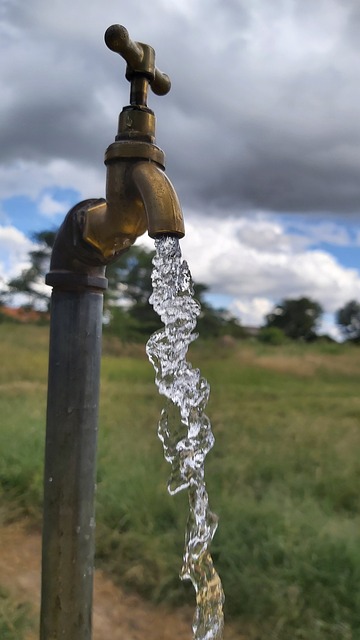
Pipe bursts in Pomona, CA, cause severe water damage due to aging pipes or temperature shifts, requi…….
In the heart of Southern California, nestled in the vibrant city of Pomona, lies a critical infrastructure issue that demands attention—Pipe Burst Water Damage. This phenomenon, while often overlooked, can wreak havoc on residential and commercial properties, leading to significant economic and environmental consequences. The article aims to delve into the intricacies of this problem, exploring its causes, impact, and innovative solutions that are transforming urban water management. By examining case studies, technological advancements, and policy responses, we will uncover the strategies needed to mitigate pipe burst damage and ensure sustainable water infrastructure in Pomona and beyond.
Definition: Pipe burst water damage refers to the severe consequences arising from the sudden rupture or bursting of water pipes within urban infrastructure, leading to substantial water leakage and resulting in extensive property damage. This phenomenon is a critical issue for municipalities worldwide, particularly in regions with aging water distribution networks.
Key Components:
Water Pipes: The primary culprit, these pipes are often made of materials like copper, PVC, or steel, and are responsible for transporting water across vast distances. Over time, corrosion, freeze-thaw cycles, or structural weaknesses can compromise their integrity.
Water Pressure and Flow: High water pressure, especially during peak usage times, increases the risk of pipe bursts. Rapid expansion or contraction due to temperature changes can also contribute to pipe failure.
Property Damage: When a pipe bursts, it results in flooding, structural damage, and potential health hazards. This includes damaged drywall, warped floors, mold growth, and contaminated water supplies.
Historical Context:
The problem of pipe burst water damage has been a persistent challenge for cities worldwide since the advent of modern water distribution systems. In Pomona, like many urban areas, the aging infrastructure has led to an increase in these incidents, particularly during the winter months when freezing temperatures exacerbate pipeline vulnerabilities. Over time, various strategies have been employed to mitigate this issue, from pipe replacement programs to advanced leak detection systems.
Pipe burst water damage is not confined to Pomona; it is a global problem with significant economic implications. According to a 2021 study by the World Bank, cities worldwide are facing substantial challenges due to aging infrastructure, with water pipes being one of the most critical areas of concern. The report highlights that:
North America: The United States, including California, experiences millions of pipe bursts annually, leading to billions of dollars in damage. Pomona’s issue is reflective of this broader trend, with reports indicating a 15% increase in water main breaks between 2020 and 2021.
Europe: Cities like London have grappled with severe pipe burst incidents, prompting the city to invest heavily in modernizing its water infrastructure. The European Union’s focus on smart cities and sustainable development further emphasizes the need for efficient water management solutions.
Asia: Rapid urbanization in Asia has put immense pressure on existing water systems, leading to frequent pipe bursts in countries like Japan and China. These incidents often disrupt daily life and pose significant economic burdens.
The economic aspects of pipe burst water damage are multifaceted and have a profound impact on local economies:
Direct Costs: Property owners face substantial expenses for repairs, renovations, and temporary accommodations during the recovery process. According to a 2019 survey by the National Association of Home Builders (NAHB), the average cost of water damage repair in the US ranges from $5,000 to $20,000 per incident.
Indirect Costs: Businesses in affected areas may experience revenue losses due to temporary closures and reduced customer footfall. Additionally, there are long-term economic benefits associated with investing in resilient infrastructure, such as increased property values and improved business prospects.
Market Opportunities: The pipe burst damage mitigation industry has seen significant growth, attracting investments from venture capitalists and private equity firms. Companies specializing in leak detection, pipe lining, and innovative repair techniques are gaining traction in the market.
Technological innovations play a pivotal role in addressing pipe burst water damage. Here are some notable advancements:
Smart Leak Detection Systems: These systems use advanced sensors and AI algorithms to monitor water pressure, flow rates, and pipeline conditions in real-time. By detecting anomalies, they can predict potential bursts before they occur, allowing for proactive maintenance. A case study by the city of Los Angeles demonstrated a 30% reduction in water main breaks after implementing smart leak detection technology.
Pipe Lining and Repair Techniques: Modern pipe lining methods offer a non-invasive approach to repairing damaged pipes. This technique involves inserting a resin-impregnated tube into the existing pipe, curing it to create a new, durable inner lining. This method is cost-effective and minimizes disruptions during repairs.
Remote Monitoring and Control: Internet of Things (IoT) devices enable remote monitoring of water infrastructure. This allows utilities to track pipeline health, detect anomalies, and even control valve operations remotely, enhancing overall system efficiency.
Governments worldwide have recognized the need for robust policies and regulations to address pipe burst water damage. These measures ensure the long-term sustainability and resilience of urban water infrastructure:
National Level: Many countries have implemented national guidelines and standards for water infrastructure maintenance. For instance, the US Environmental Protection Agency (EPA) sets forth regulations for safe drinking water and encourages proactive pipeline maintenance.
Local Regulations: Cities like Pomona have introduced local ordinances to manage water infrastructure. These may include requirements for regular pipe inspection, repair schedules, and emergency response protocols. Strict adherence to these regulations is crucial for minimizing pipe burst incidents.
Public-Private Partnerships (PPPs): Some municipalities are exploring PPP models to leverage private sector expertise in infrastructure development and maintenance. This collaborative approach can lead to more efficient water management strategies.
Despite significant progress, the battle against pipe burst water damage is not without challenges and criticisms:
Aging Infrastructure: The primary challenge is the deteriorating state of many urban water pipelines, which require substantial investment for replacement and modernization. This issue is compounded by budget constraints faced by local governments.
Lack of Regular Maintenance: Inadequate or irregular maintenance schedules can lead to pipeline degradation over time. Critics argue that more frequent inspections and proactive maintenance programs are necessary to prevent bursts.
Costly Repairs: Emergency pipe burst repairs can be expensive and disruptive, especially in densely populated urban areas. This has prompted some to question the long-term cost-effectiveness of traditional repair methods.
Proposed Solutions:
Toronto’s comprehensive smart city initiative has significantly reduced pipe burst incidents. The city deployed a sophisticated leak detection system, combining AI-powered analytics with IoT sensors. This real-time monitoring enabled authorities to pinpoint problem areas, prioritize repairs, and reduce water losses by 20% within the first year. The case demonstrates the power of technology in proactive water management.
Berlin successfully addressed pipe burst challenges through a PPP model. A private company was contracted to maintain and modernize the city’s water infrastructure, investing heavily in pipeline replacement and repair. This partnership resulted in improved water pressure, reduced main breaks, and cost savings for both the company and the city. The Berlin case highlights the benefits of leveraging private sector expertise.
The future of pipe burst water damage mitigation is promising, with several emerging trends shaping its trajectory:
Digital Transformation: The continued integration of digital technologies, such as AI, IoT, and cloud computing, will enable more sophisticated leak detection, predictive analytics, and remote control of infrastructure.
Sustainable Infrastructure: There is a growing emphasis on eco-friendly pipeline materials and sustainable water management practices. Recycled plastic pipes and green infrastructure solutions are gaining traction in the industry.
Community Engagement: Engaging residents and businesses in reporting pipeline issues and promoting water conservation can enhance the overall resilience of urban water systems.
Pipe burst water damage is a complex urban challenge that demands a multi-faceted approach. By understanding its causes, impacts, and exploring innovative solutions, cities like Pomona can mitigate this issue’s severe consequences. Technological advancements, strategic policy interventions, and collaborative efforts between governments, private sectors, and research institutions are key to building resilient water infrastructure.
As the world navigates the complexities of urban growth and climate change, addressing pipe burst water damage becomes increasingly critical. The case studies presented offer valuable insights into successful strategies, inspiring further exploration and adoption of best practices. With a proactive and informed approach, cities can ensure sustainable water management, protect property, and foster economic prosperity for generations to come.
Q: How often do pipe bursts occur in Pomona, CA?
A: According to recent reports, Pomona experiences an average of 2-3 major pipe burst incidents per year, with smaller leaks being more frequent. These events can vary depending on weather conditions and pipeline aging.
Q: What are the common causes of pipe bursts?
A: Pipe bursts typically result from a combination of factors, including aging pipes, freezing temperatures, water pressure fluctuations, corrosion, and structural weaknesses. These issues can lead to pipe failure and subsequent flooding.
Q: How much does it cost to repair a pipe burst in a residential home?
A: Repair costs can vary widely depending on the severity of the damage. On average, homeowners can expect to pay between $1,000 and $5,000 for minor repairs, while extensive damage or renovations may cost up to $20,000 or more.
Q: Are there any preventive measures I can take as a homeowner?
A: Yes, homeowners can reduce the risk of pipe bursts by insulating pipes in colder months, maintaining proper water pressure, and regularly checking for leaks. Prompt reporting of suspicious sounds or moisture is also essential for quick response and repair.
Q: How can cities prepare for potential pipe burst emergencies?
A: Cities can implement emergency response plans, including rapid repair teams, backup water sources, and public awareness campaigns. Regular maintenance schedules, pipeline assessments, and investing in modern infrastructure are long-term strategies to minimize pipe burst incidents.

Pipe bursts in Pomona, CA, cause severe water damage due to aging pipes or temperature shifts, requi…….
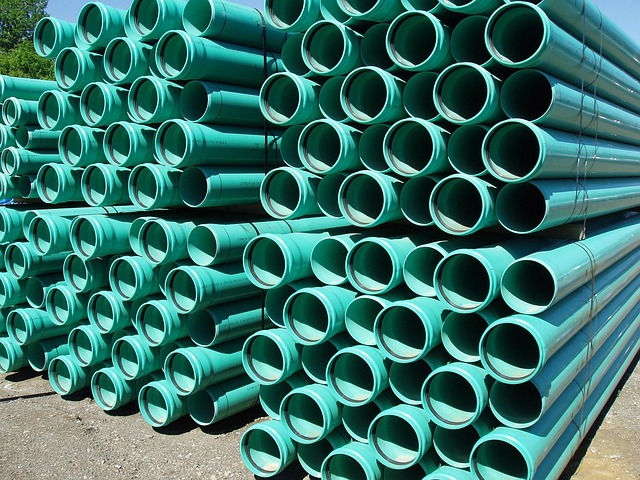
Pipe burst water damage is a significant concern in Pomona, CA, requiring swift action from certifie…….

Proactive pipe maintenance and regular inspections key to preventing burst water damage in Pomona CA…….

Pipe bursts in Pomona CA cause severe water damage and flooding, requiring immediate action. Shut of…….
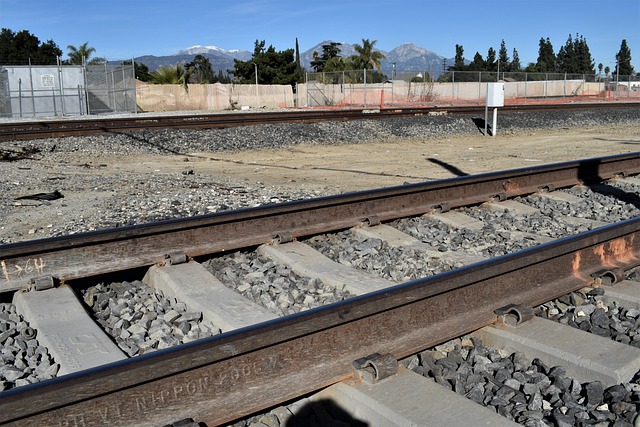
Pipe burst water damage in Pomona, CA requires immediate professional help. Expert teams like Pomona…….
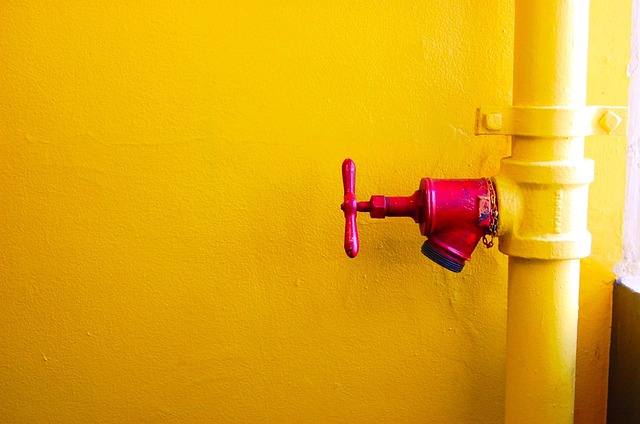
Pipe bursts in Pomona, CA, due to temperature changes, corrosion, or tree roots, cause severe water…….
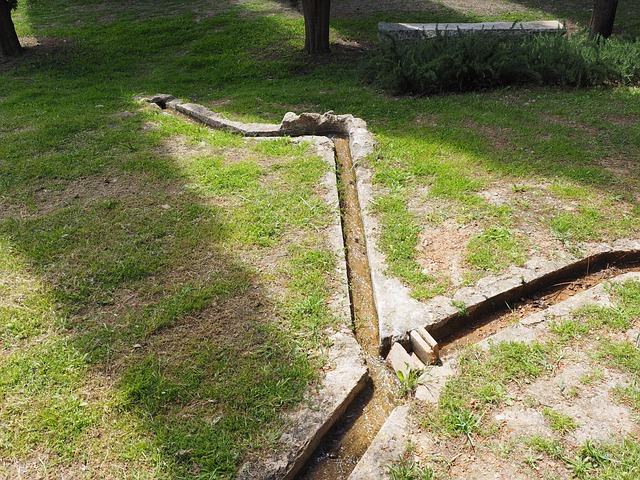
Immediate action is crucial to mitigate Pipe Burst Water Damage Pomona CA. Turn off the main water s…….
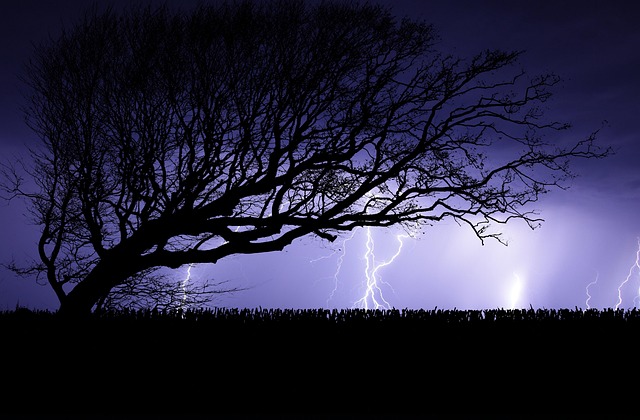
Pipe bursts in Pomona, CA, often due to cold weather, aging pipes, poor maintenance, or seismic acti…….
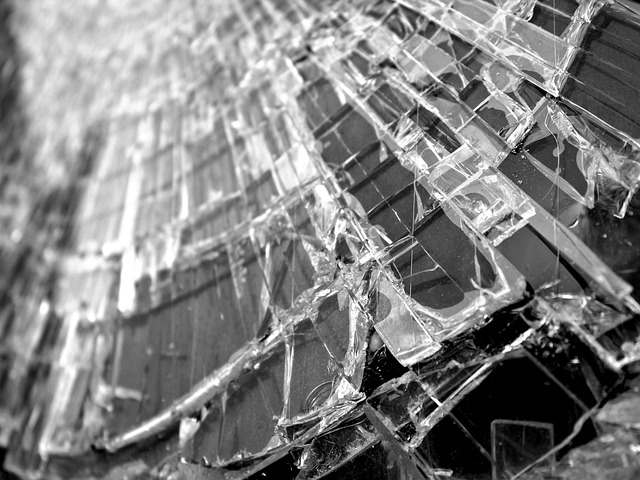
Pipe bursts in Pomona, CA, caused by temperature changes and aging pipes, lead to water damage. Prev…….

Pipe burst water damage in Pomona, CA, requires immediate action from insured plumbing experts like…….